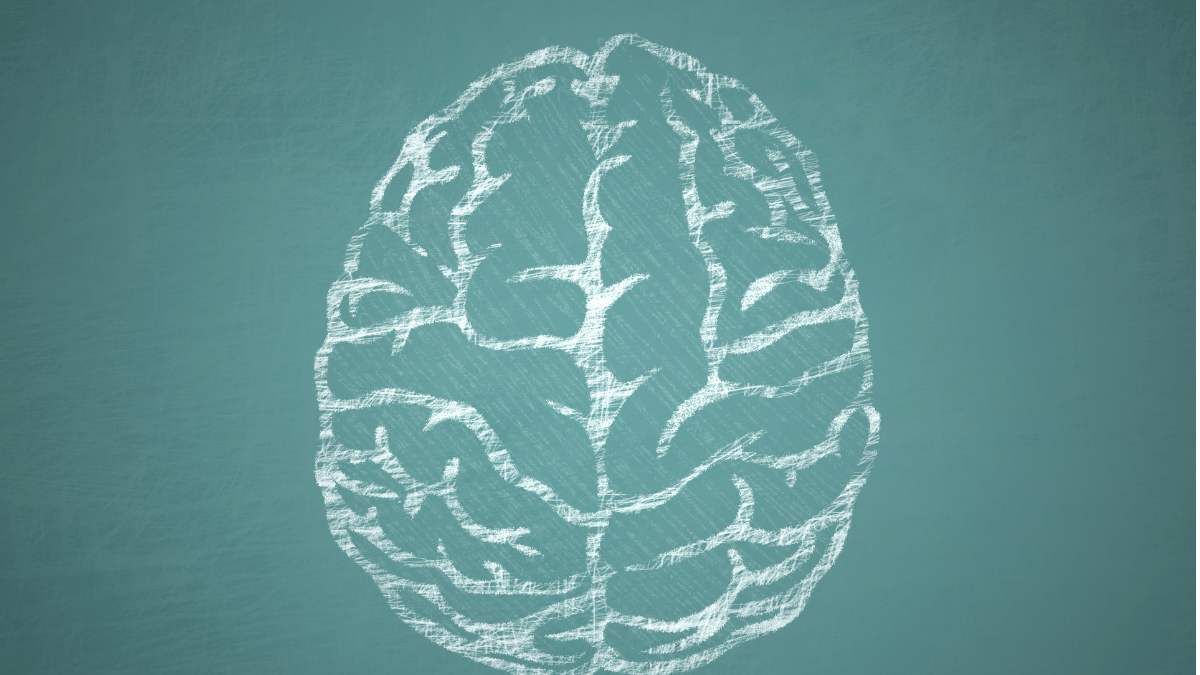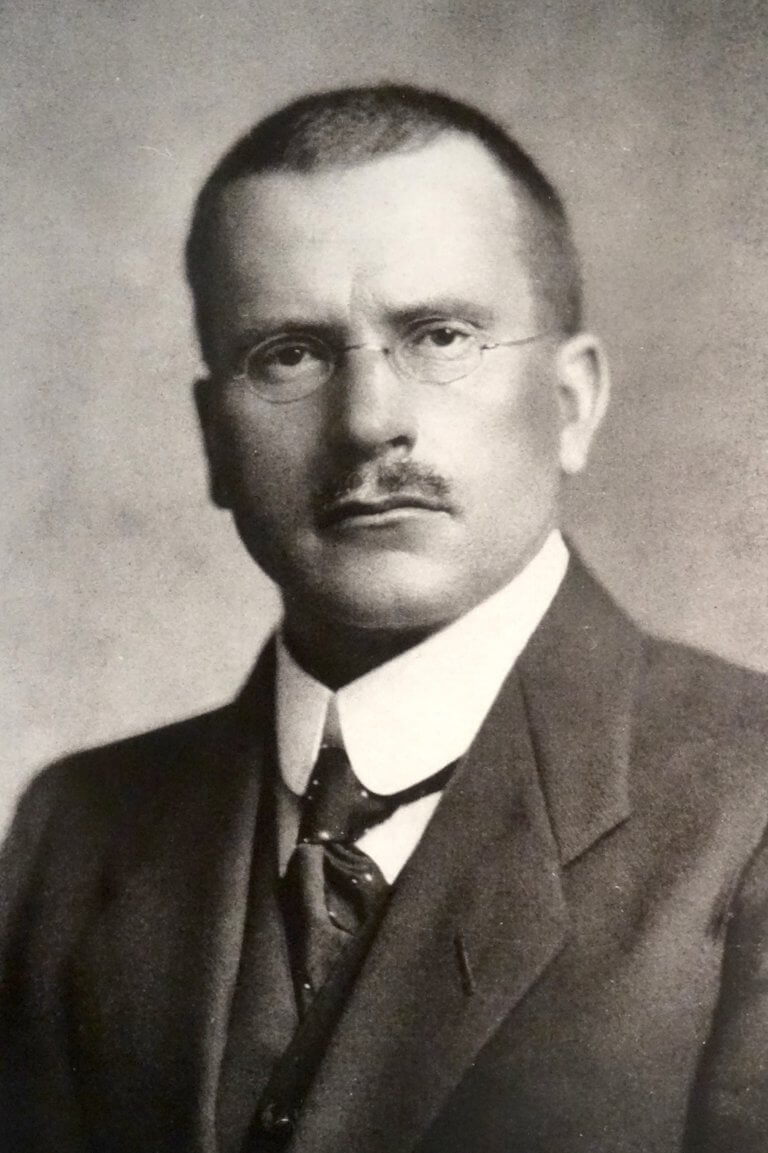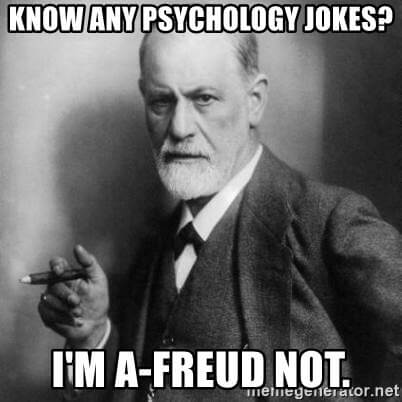What Is the Constancy Principle?
The constancy principle suggests that psychic energy strives to stay in a steady, balanced state.

The constancy principle suggests that all mental processes strive to remain in a state of equilibrium. If this balance is distrusted, a person may engage in actions to correct the balance. The discharge of energy is achieved through various processes, including abreaction and defense mechanisms that allow avoidance.
The psychoanalytic concept was initially described by Austrian physician Josef Breuer in Studies on Hysteria in 1895 and Freud introduced his own version of the constancy principle in his 1920 book Beyond the Pleasure Principle.
The idea is similar to the idea of homeostasis, or the tendency of the body to maintain a state of equilibrium between interdependent physiological processes. Freud’s conception of the constancy principle was heavily influenced by Gustav Fechner’s principle of constancy, which was itself influenced by Helmholtz’s first law of thermodynamics, stating that energy can neither be created nor destroyed.
The Constancy Principle in Psychoanalysis
The concept plays an important role in Freud’s psychoanalytic theory. According to Freud, the libido, which is the reserve of all psychic energy behind human behavior, seeks to remain in a steady state.
In the core elements of personality (aka the id, ego, and superego), this involves finding a balance between the basic needs of the id, the idealistic standards of the superego, and the realism of the ego. If there is an imbalance, a person may experience psychological disturbances.
The imbalance may be corrected, in some cases, through catharsis. Freud suggested that catharsis represented a discharge of energy related to previously repressed memories or traumatic experiences.
Freud took an economic approach in describing the structure of the human mind. In his view, the mind was a system that produces, utilizes, and distributes psychic resources. These processes strive to maintain balance, but when unwanted or excessive energy is accumulated, it would then need to be discharged in order to return the mind to a homeostatic state.
The Life and Death Instincts
The constancy principle also plays a part in creating balance between life and death instincts. The life instincts drive people to maximize the survival, of both the individual and the species. The death instinct is the drive to bring functioning to its lowest point, or toward death.
These two forces act in opposition, creating tension between the drive for self-protection and self-destruction. The constancy principle suggests that we seek to strike a balance between the two.
While the concept was an important principle underlying Freud’s psychoanalytic theories, his own descriptions of it are often ambiguous and contradictory at times. Freud originally believed that the constancy principle sought a complete discharge of all energy, the idea behind the death drive. However, he later came to believe that the ideal was a state of balance, which was then renamed the nirvana principle.
Sources:
Kanzer M. The inconstant “principle of constancy.” J Am Psychoanal Assoc. 1983;31(4):843-65. doi:10.1177/000306518303100401
Oxford Reference. Principle of constancy: Quick reference.
Raitt S. Psychic waste: Freud, Fechner, and the principle of constancy. In G Hawkins, S Muecke (Eds.), Culture and Waste: The Creation and Destruction of Value. Rowman & Littlefield Publishers; 2002.





